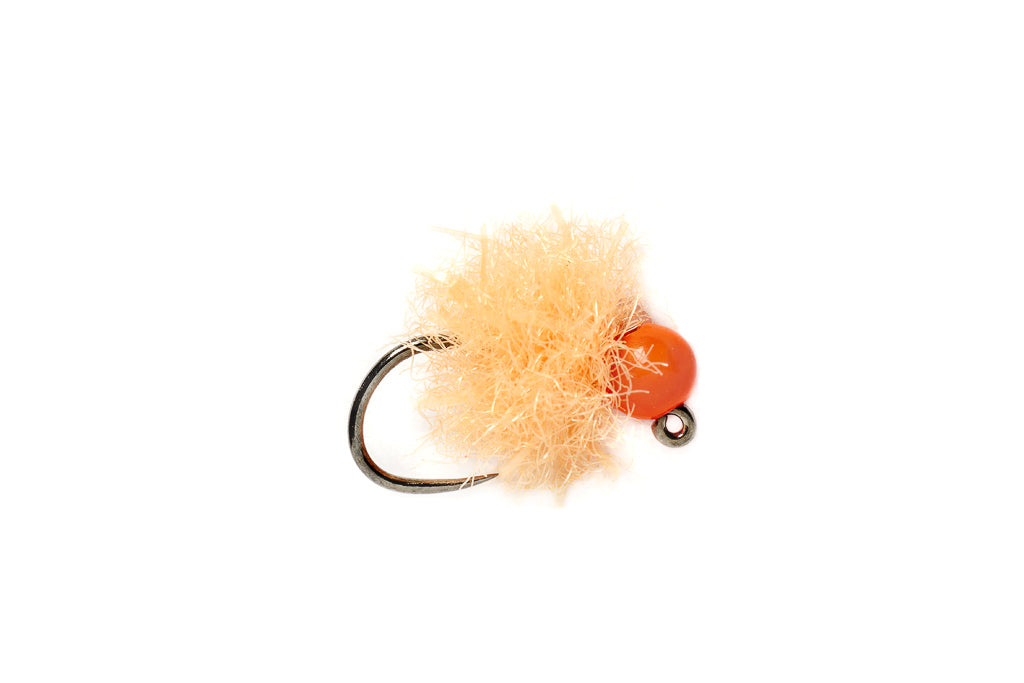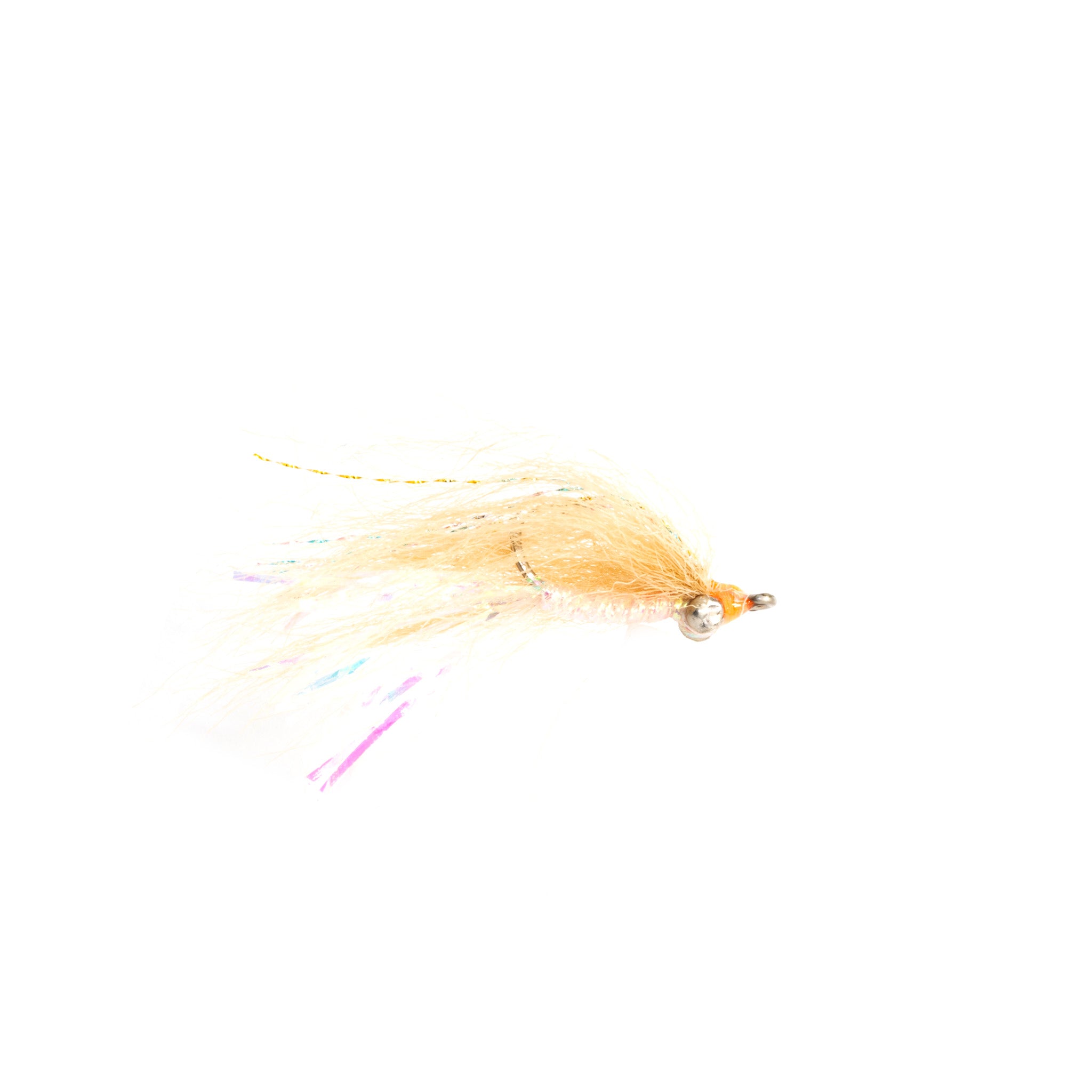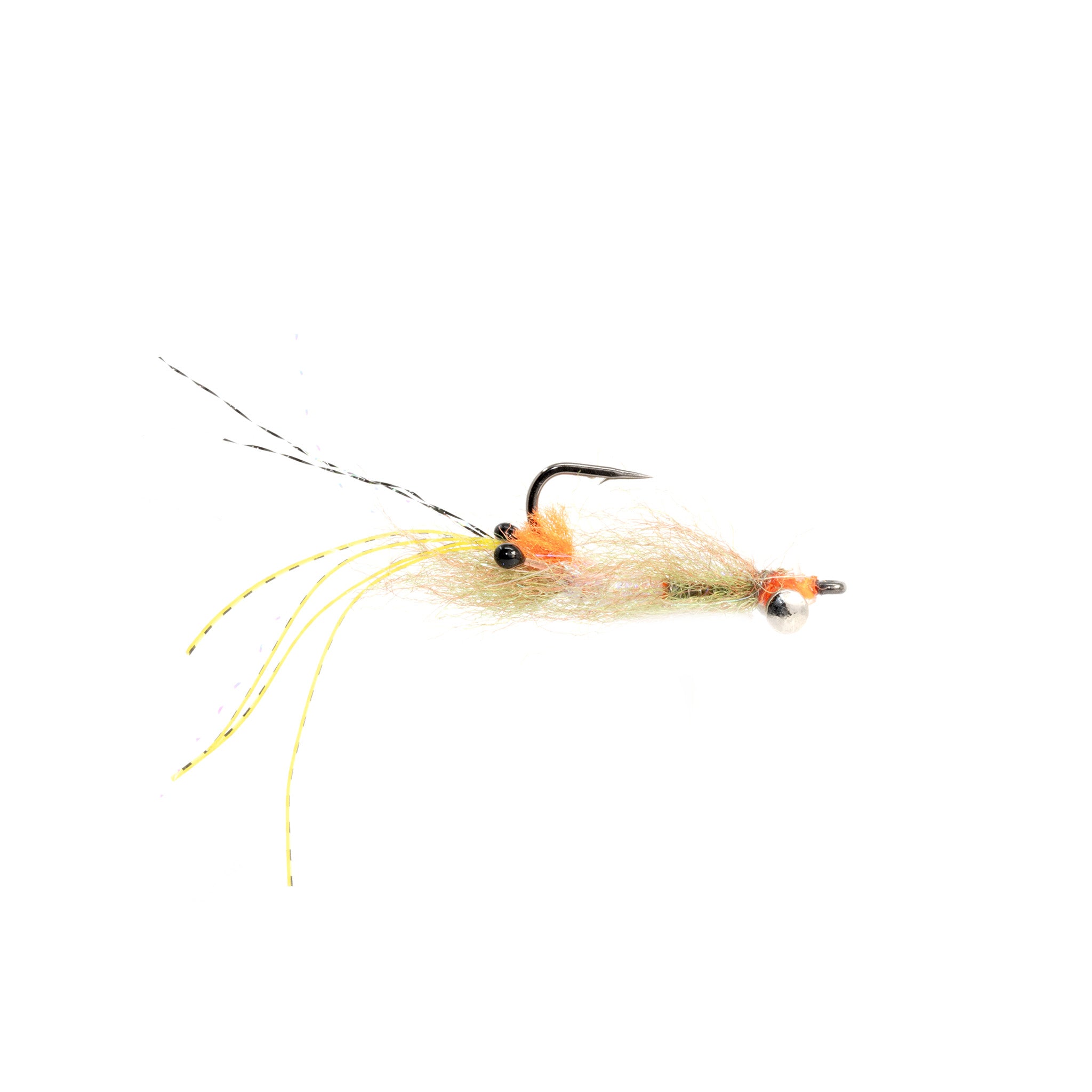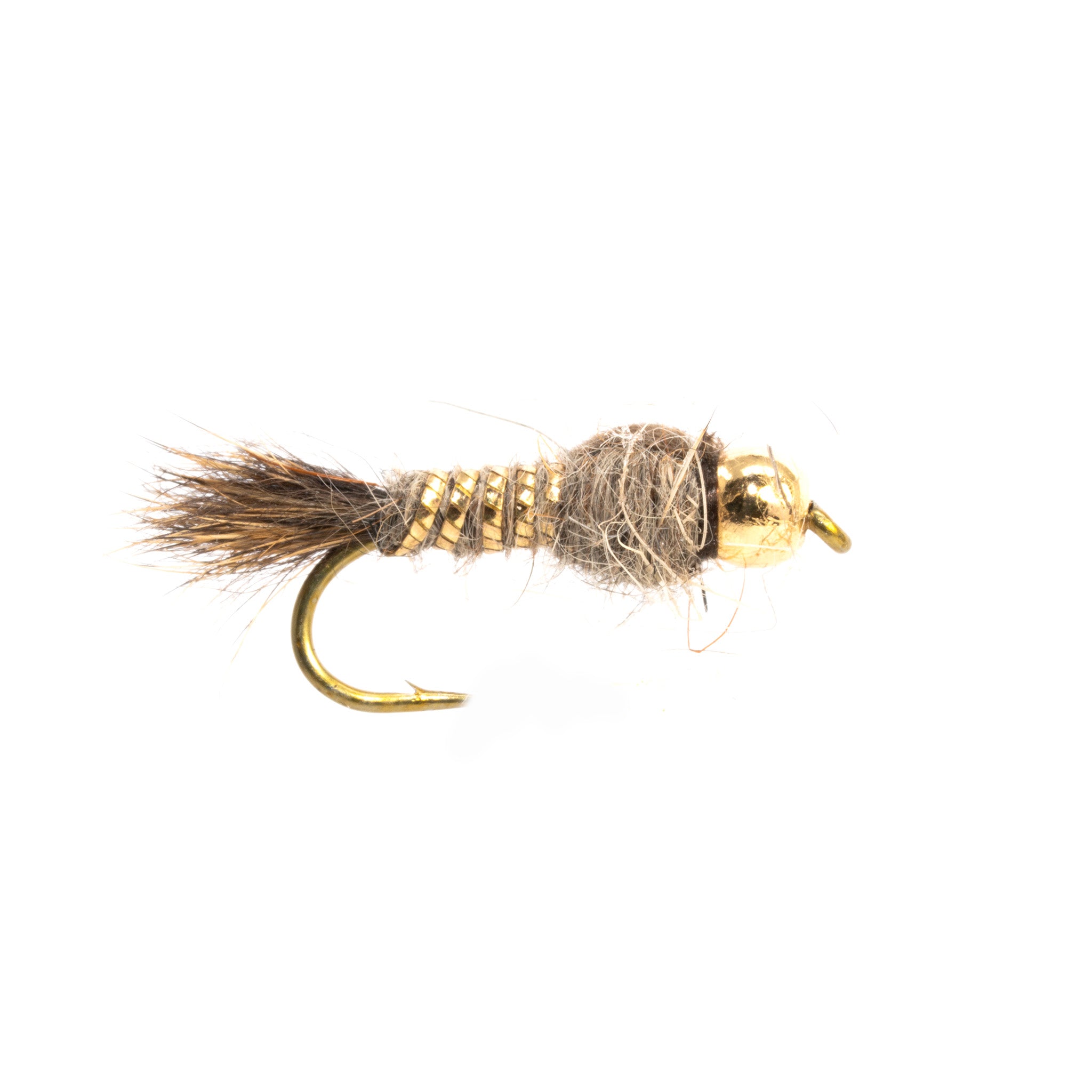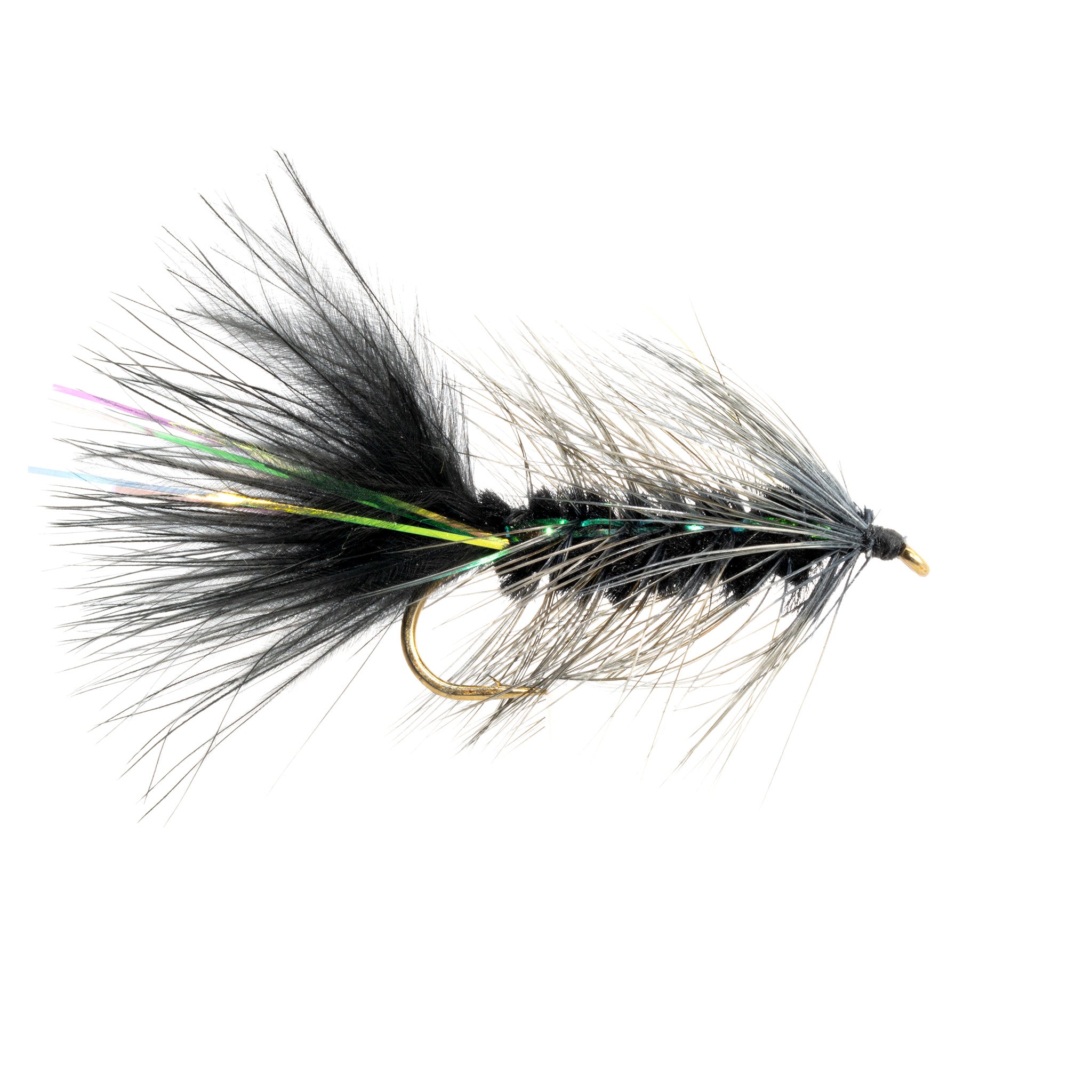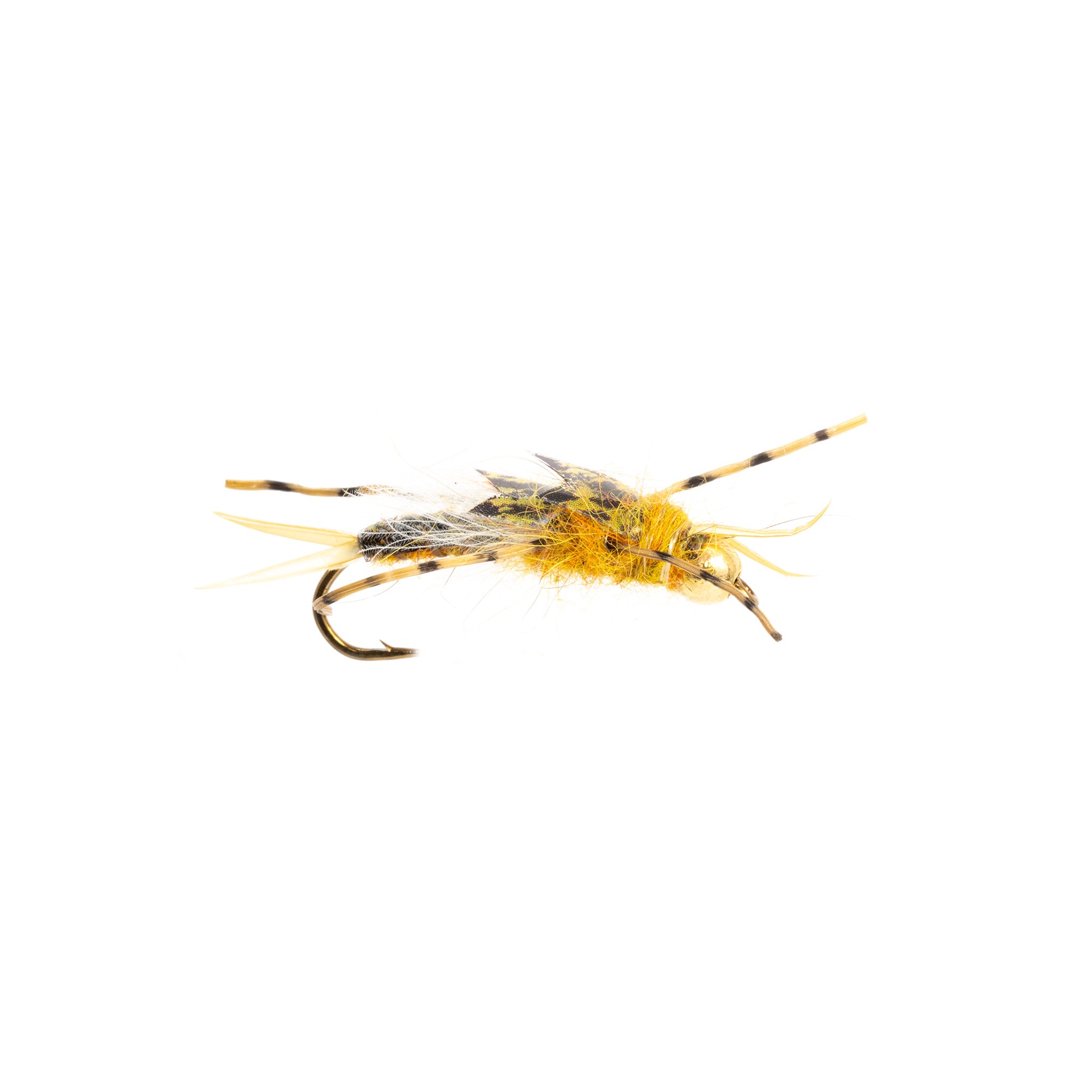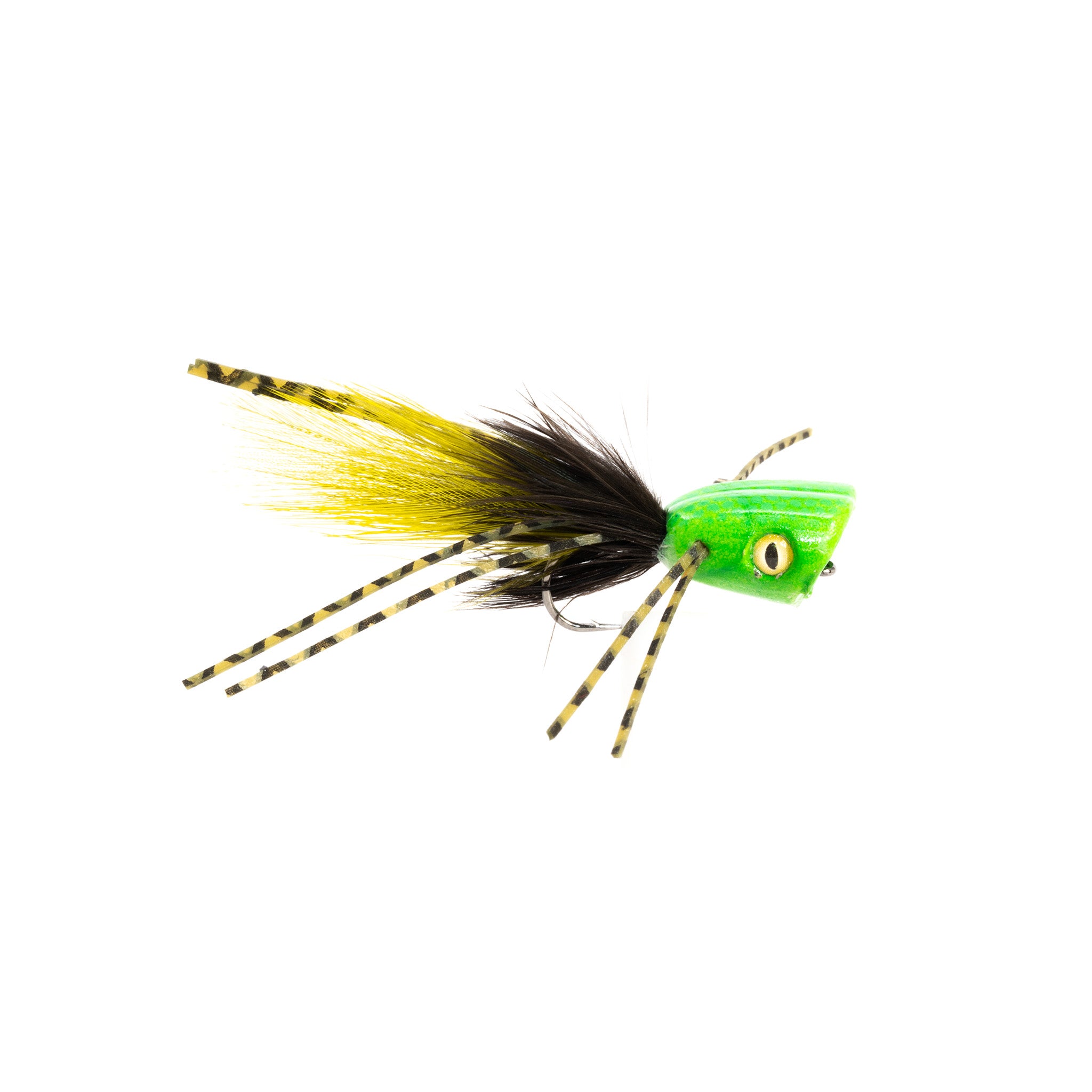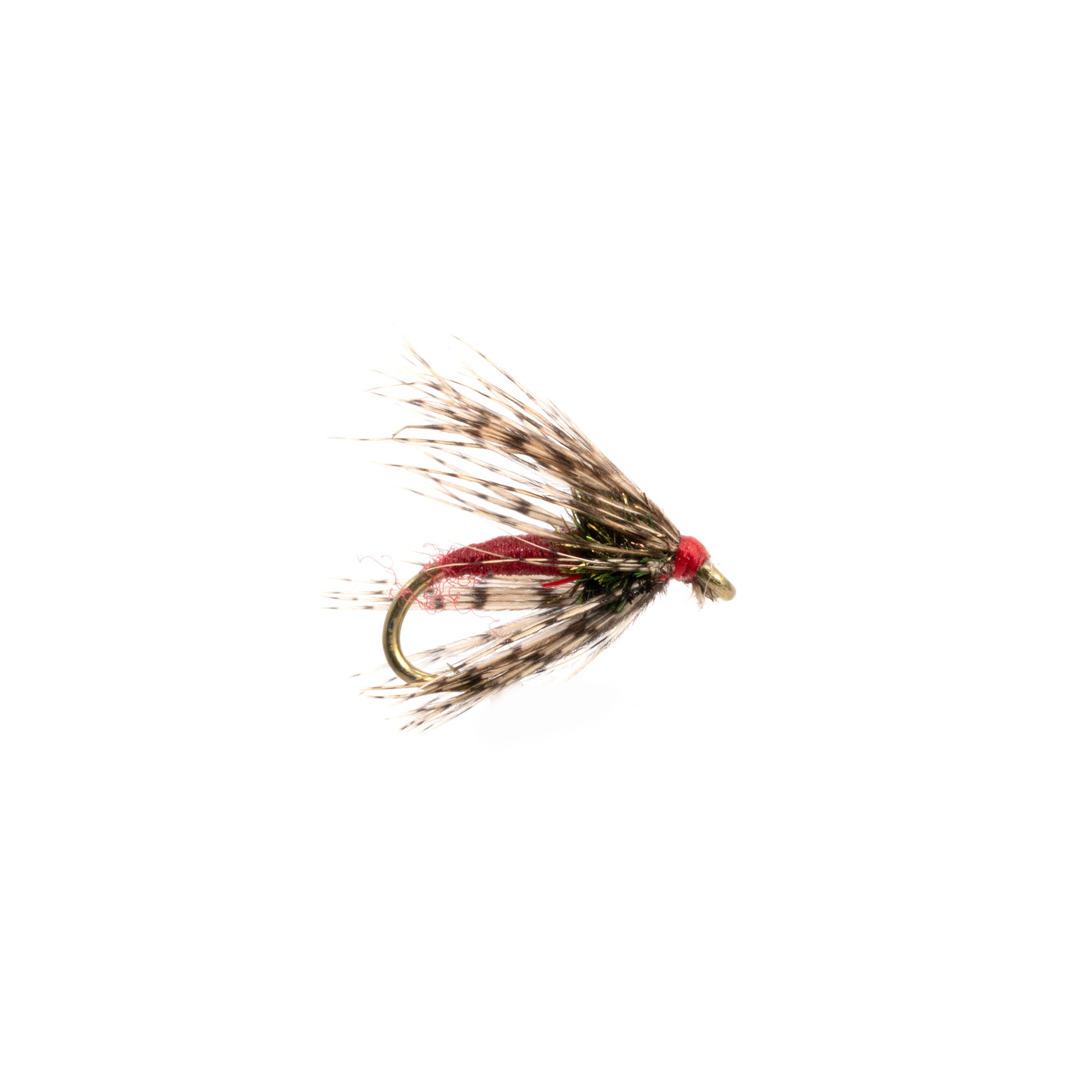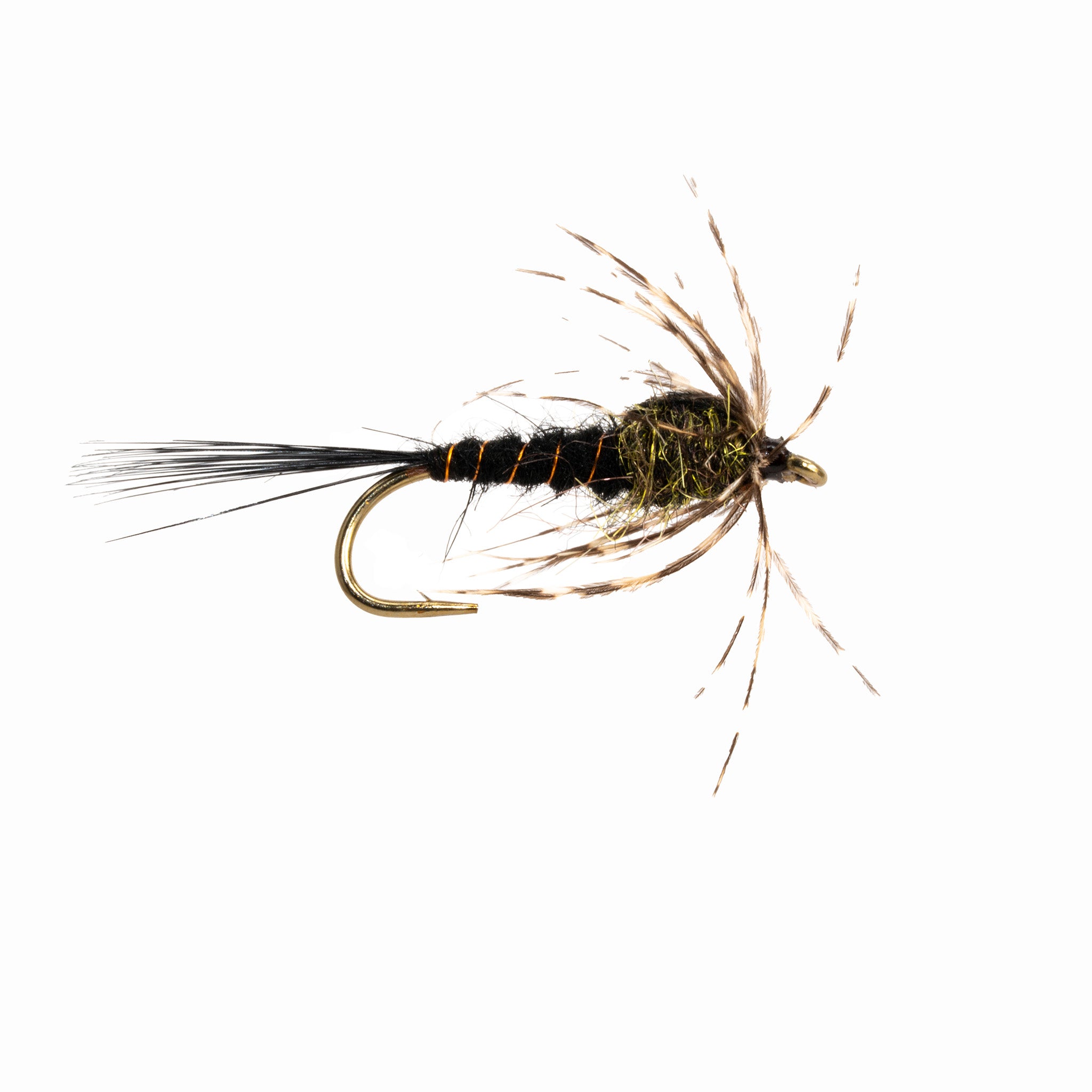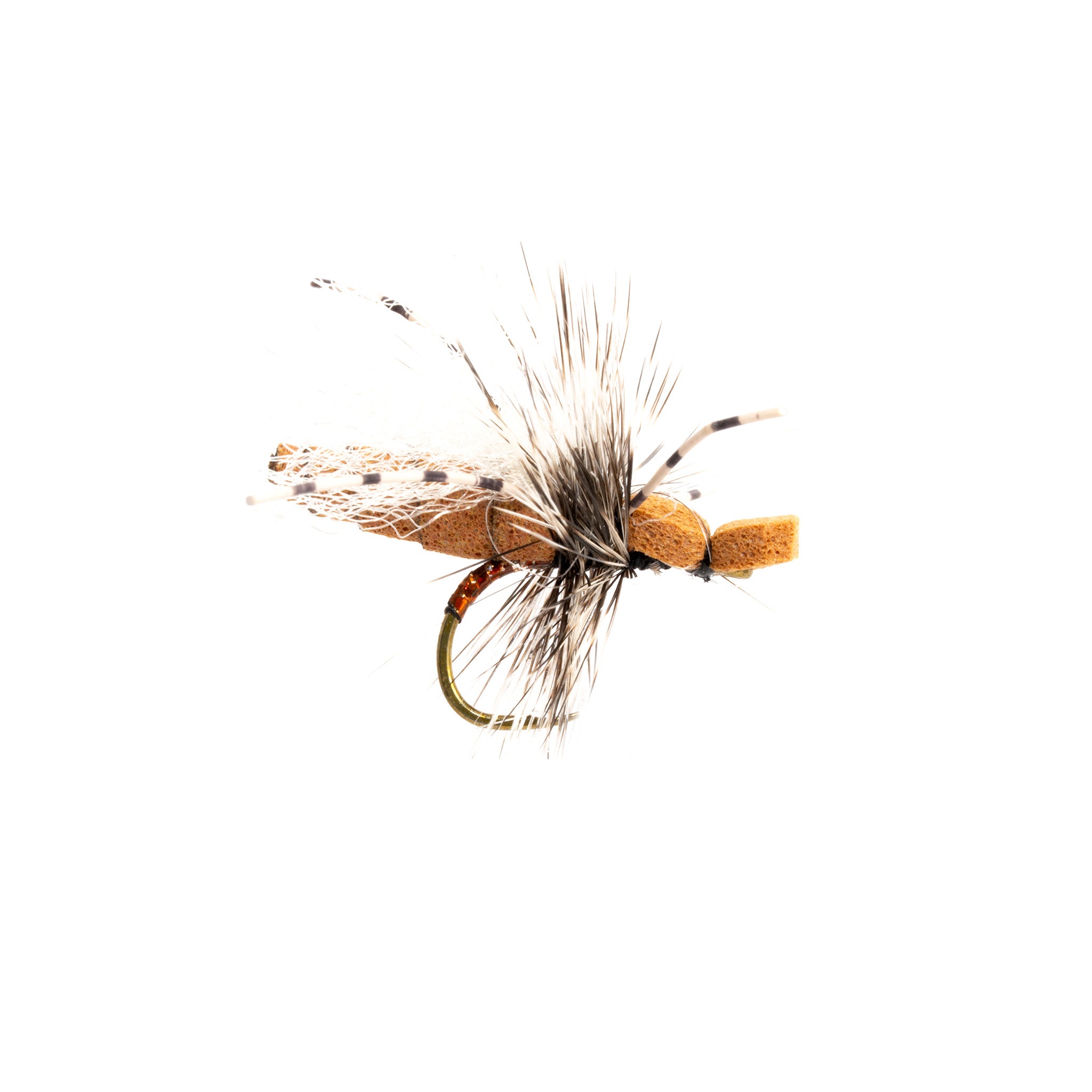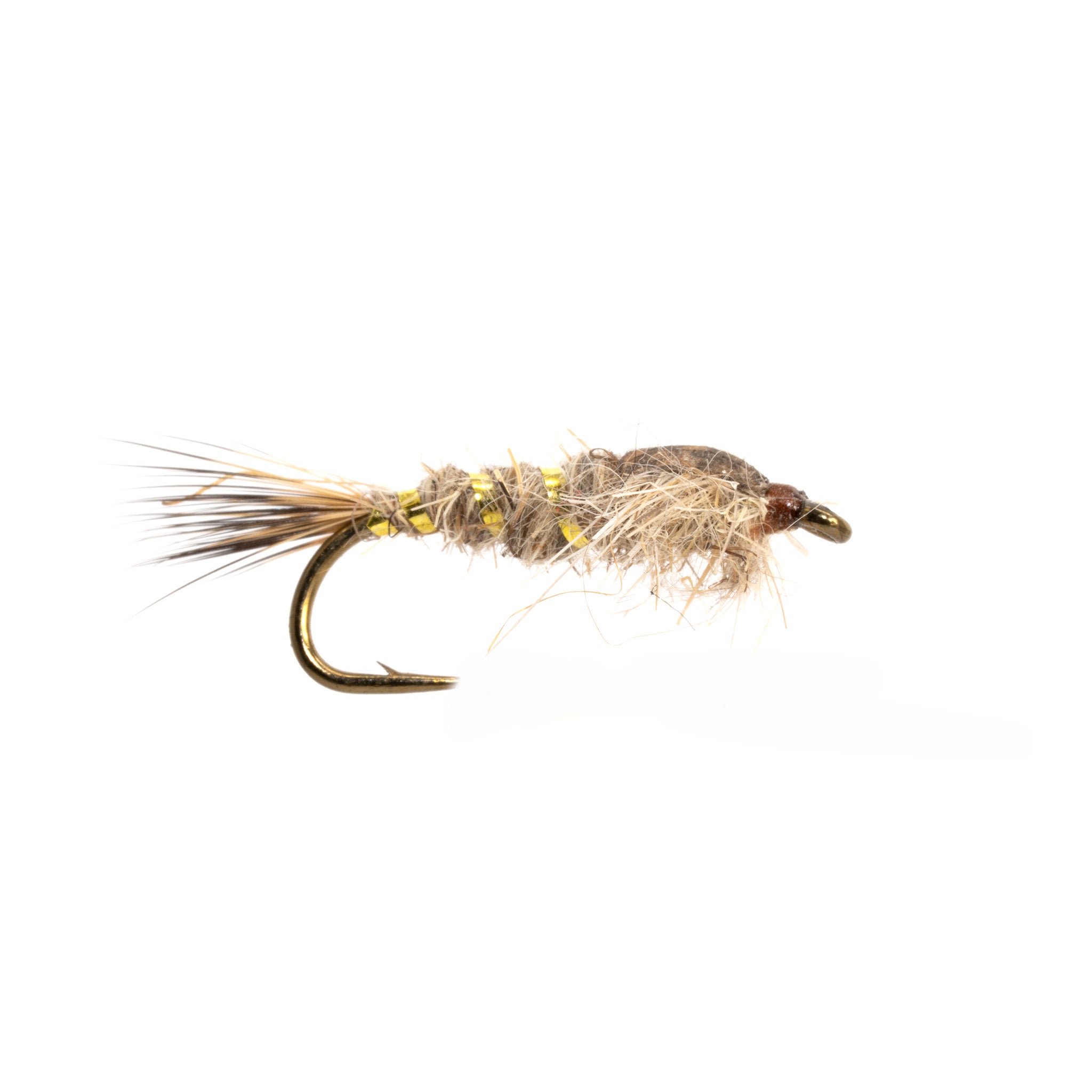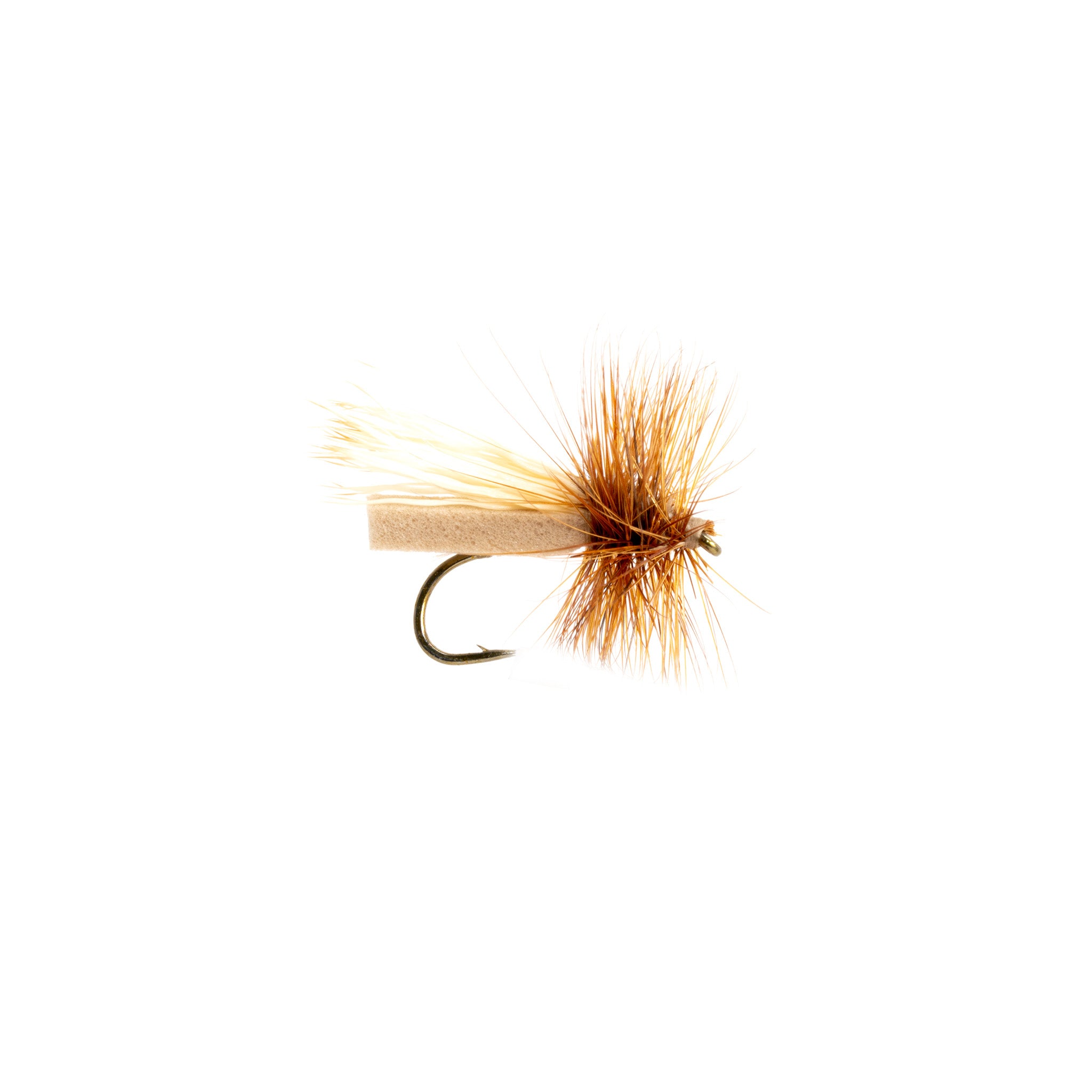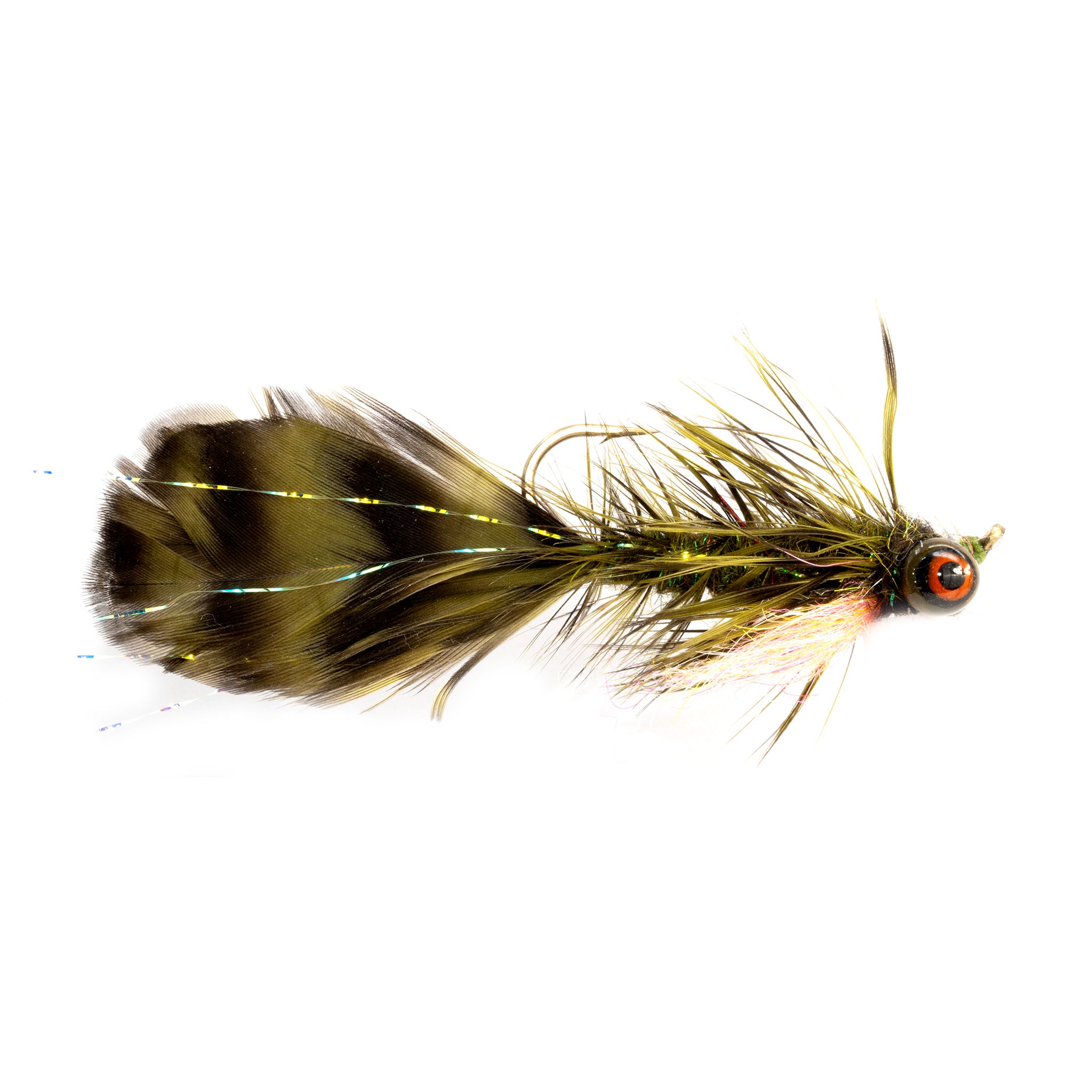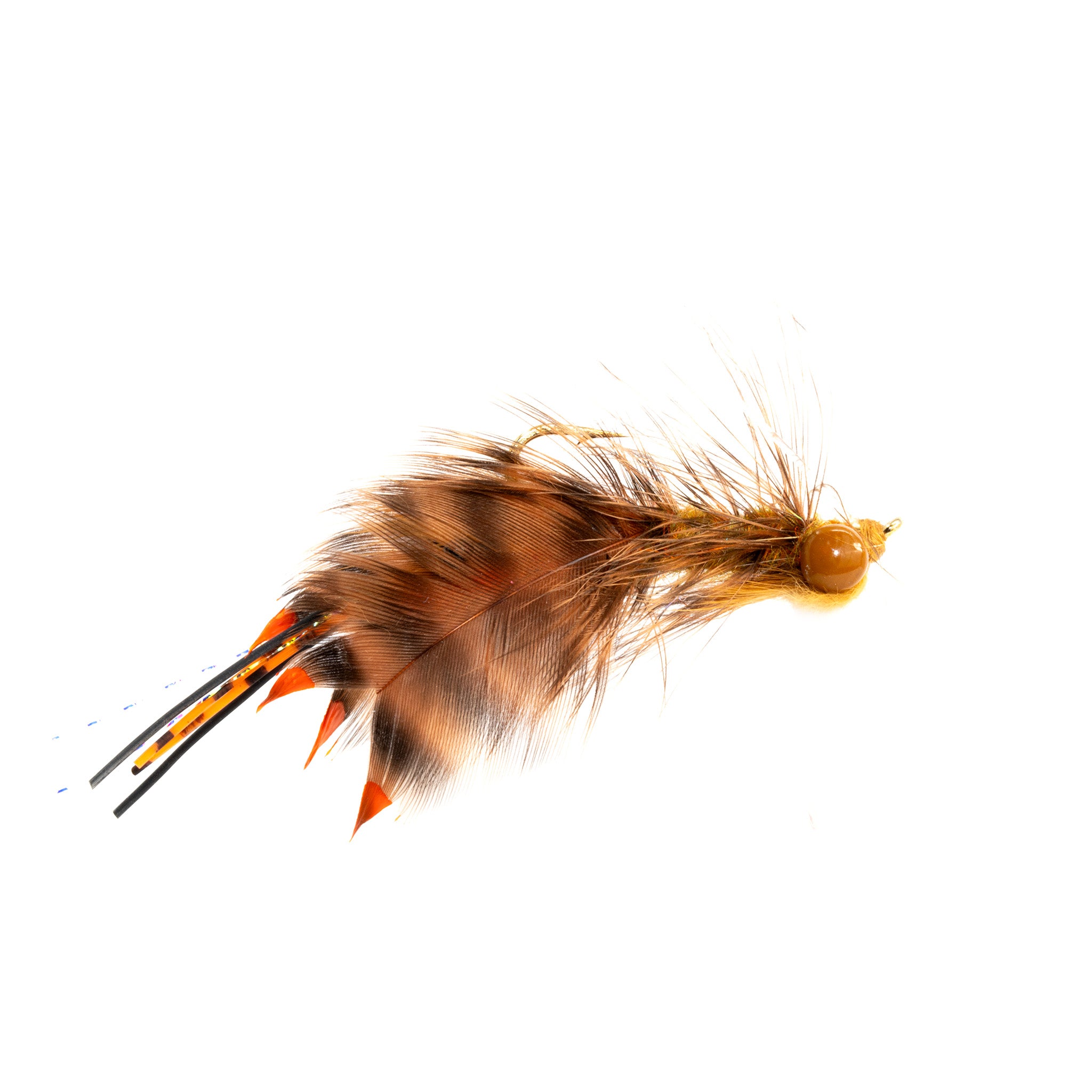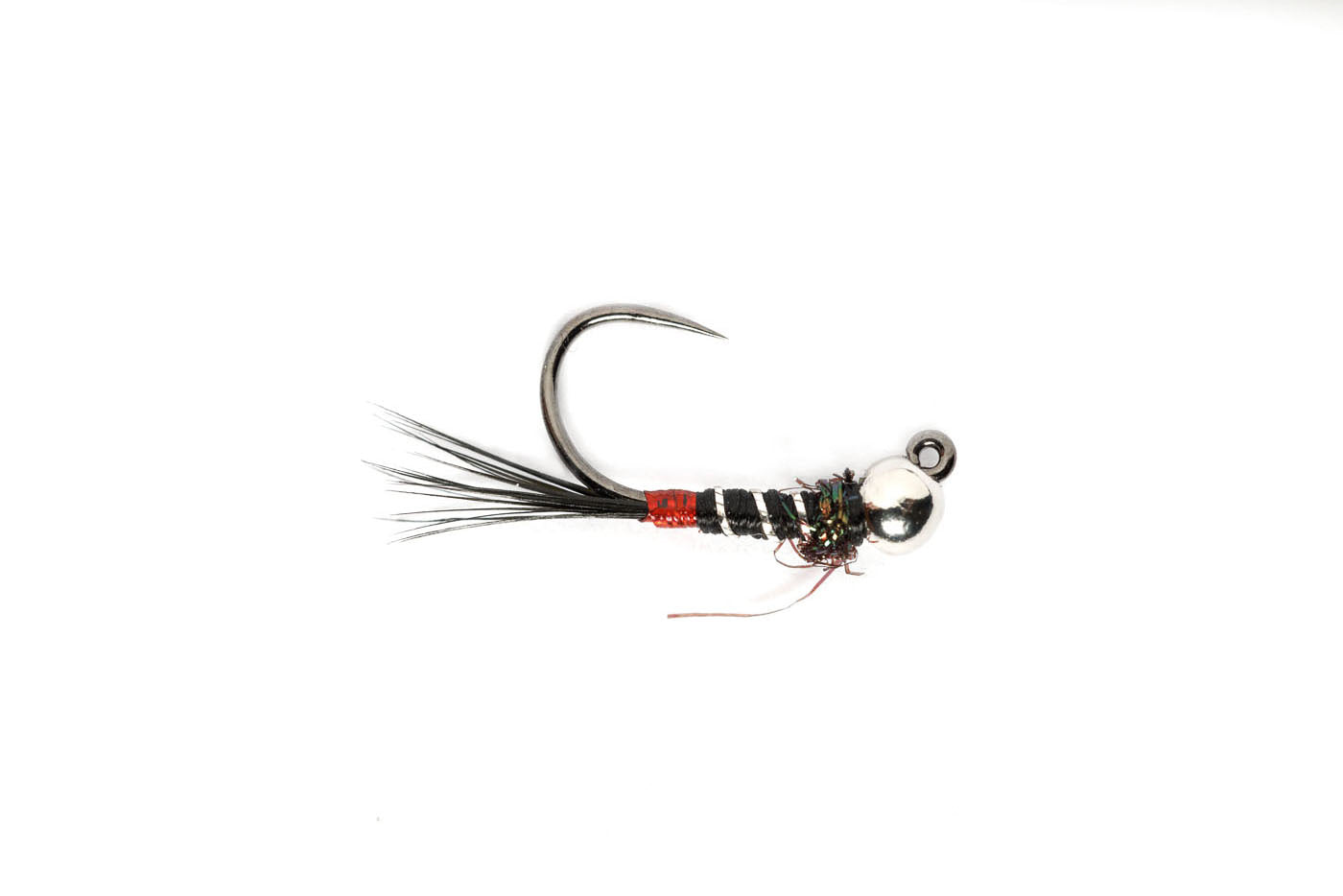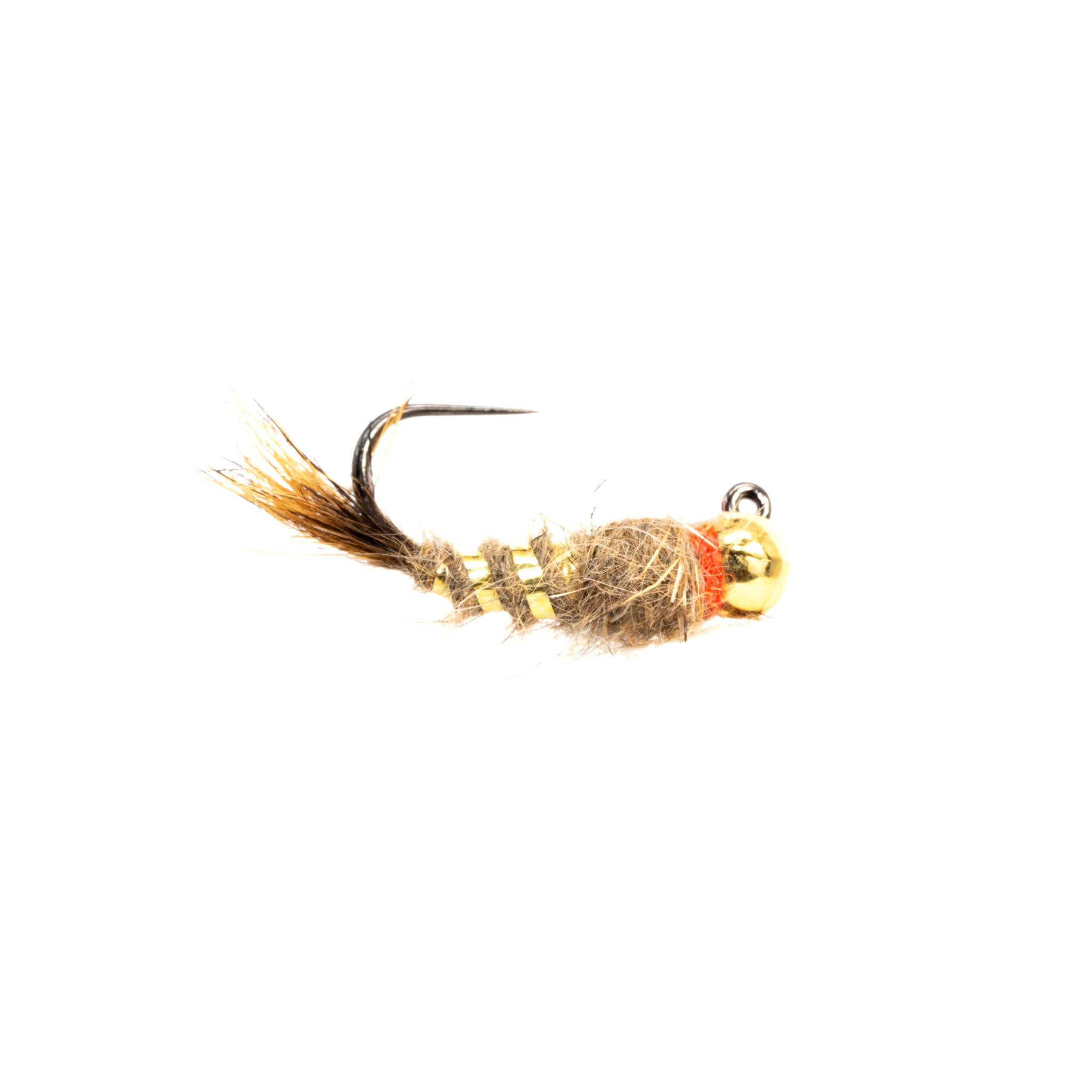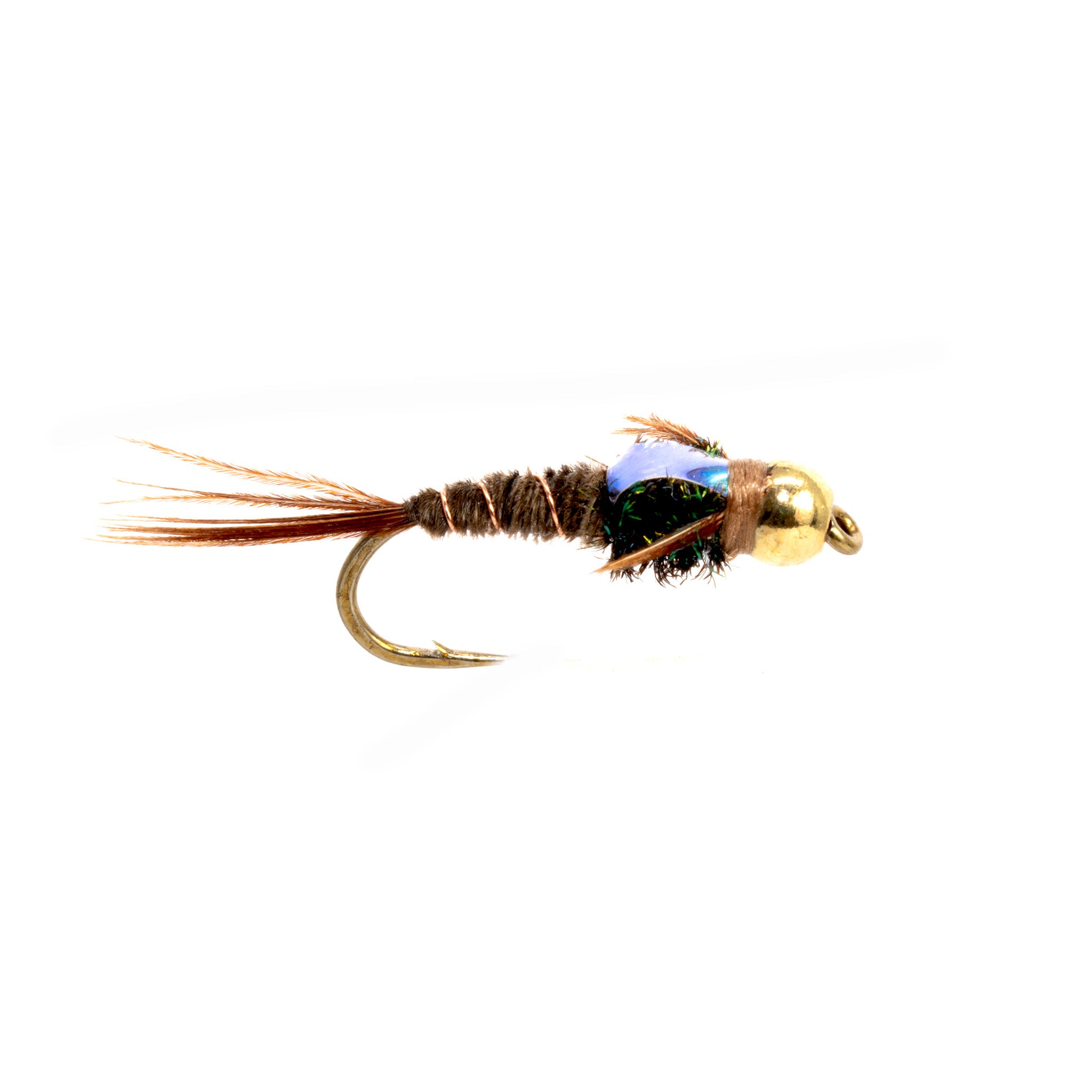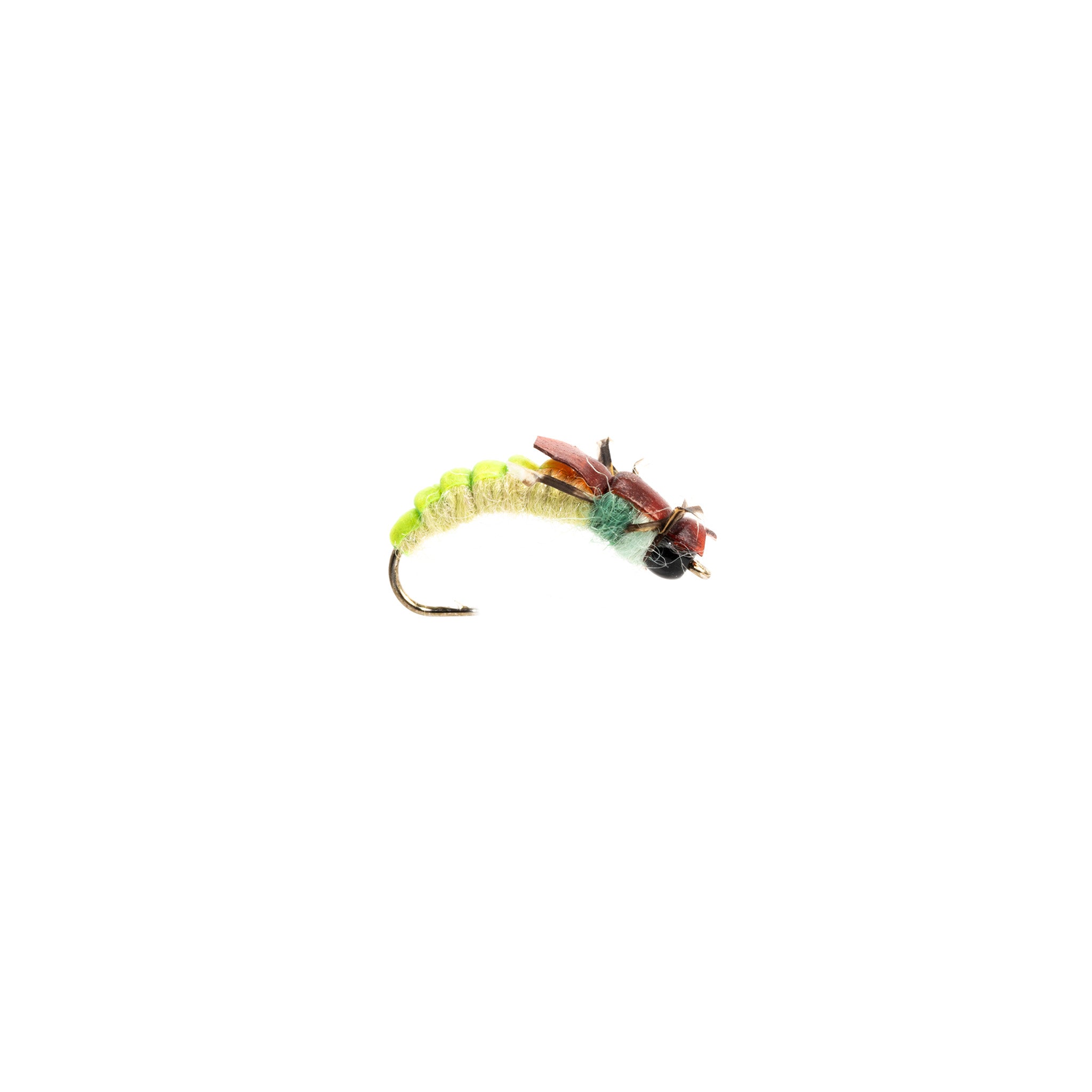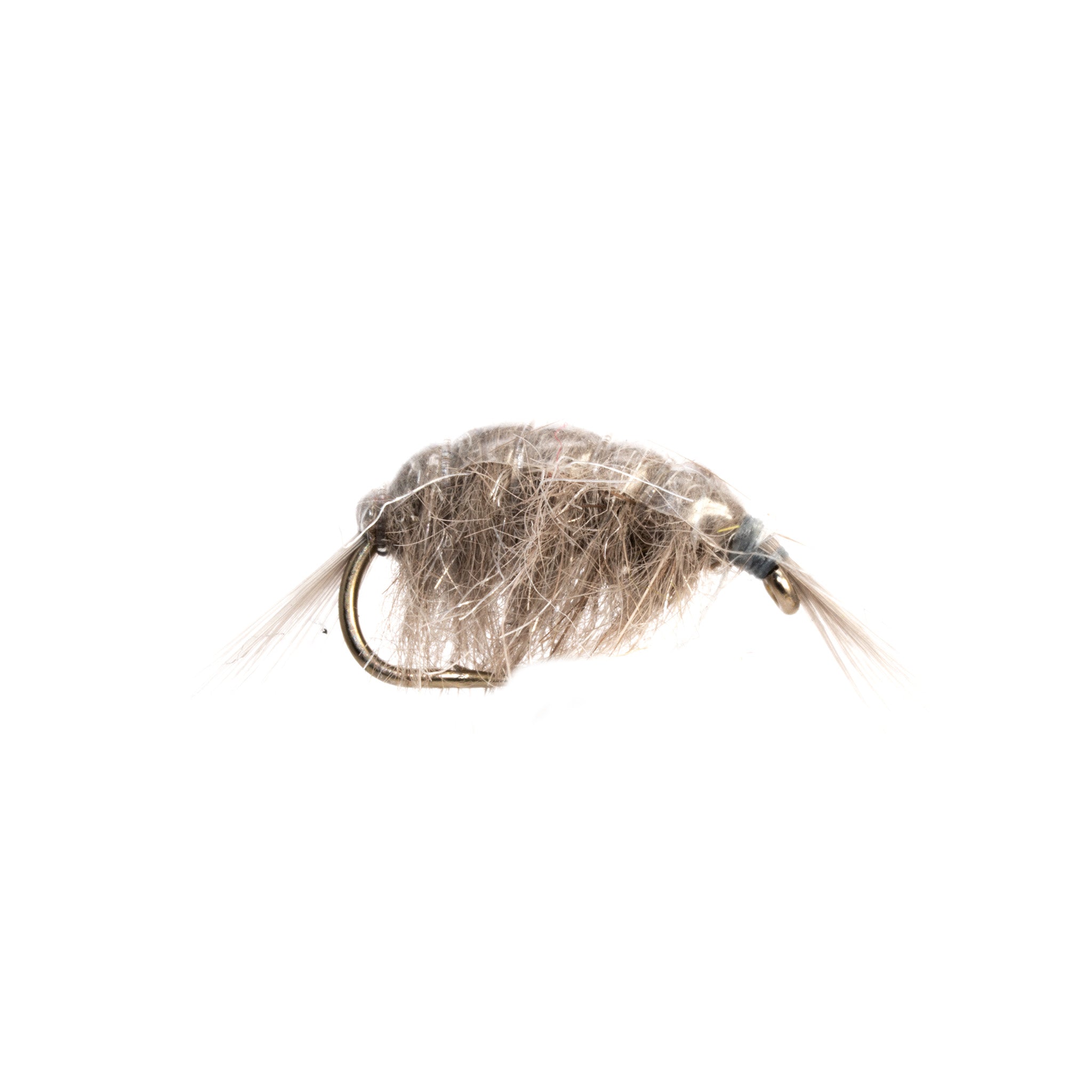Fly Fishing Flies
Fly Fishing Flies: The Artful Engineering of Imitation
In the world of fly fishing, flies are the meticulously crafted keys to unlocking nature’s most guarded waters, designed to mimic the very heartbeat of the aquatic life they imitate. These artfully engineered tools are the confluence of biology, hydrodynamics, and craftsmanship—each fly a symphony of delicate feathers, fur, and synthetics that marries form and function. Whether replicating the delicate flutter of a mayfly's ascent or the frenetic pulse of a baitfish escaping a predator, fly fishing flies are the quintessential union of science and artistry.
The flies are divided into several classes: dry flies, wet flies, nymphs, streamers, and terrestrials, each designed to appeal to the unique behaviors and feeding instincts of fish species. Dry flies, often the crown jewel of the angler’s box, ride the surface like a perfectly balanced ballet, tricking the most discerning trout into rising. Nymphs work beneath the surface, stealthily navigating the subsurface current, embodying the early stages of insect life. Streamers, long and seductive, mimic the sleek dart of baitfish, igniting primal predatory instincts in larger fish like bass and pike.
Each fly, whether as small as a pinhead or voluminous like a leech, is a microcosm of the environment it mimics—crafted by experts who understand not only the ecosystems but the precise needs of the angler. These flies are not merely tools but transformative vessels, each cast a dramatic performance where angler and fish become actors on the stage of nature, bound together by the invisible thread of artistry and pursuit.
This is the world of fly fishing flies: where every wing, bead, and hackle serves a purpose, where the finest materials come together to replicate the elegance and precision of the natural world. Whether tied by hand or machine, each fly is a testament to the delicate balance of mastery, patience, and passion that drives the sport of fly fishing into an art form.

